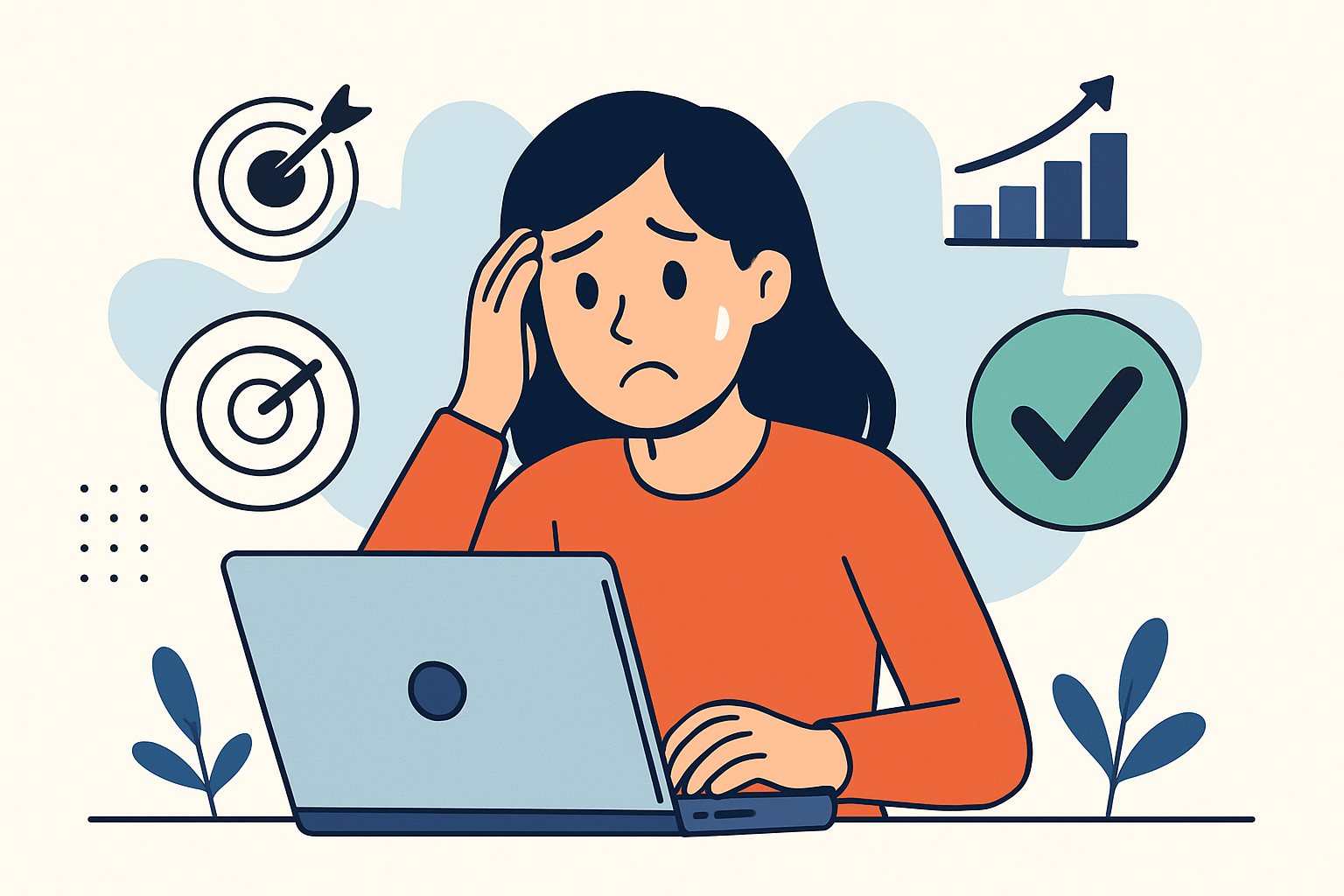
You’re on the bus after class, scrolling WhatsApp, checking a meme on Instagram, and wondering if being “happier” is about more likes, more money, or just more sleep. Romero-Gómez and colleagues examined real data from Mexico to determine what matters most, using the national well-being survey. They found something simple yet powerful: most people report being fairly happy—an average of 8.45 out of 10, with about two-thirds falling within the 8–10 range. That’s a good baseline to start from and a reminder that many everyday lives already include plenty of reasons to feel okay.
According to Romero-Gómez et al., happiness isn’t one big thing; it’s a mix of your money and health situation, your mind, and your online connections. Messaging apps like WhatsApp and Telegram are an integral part of daily life for more than half of the people surveyed, while TikTok, Twitter, and Instagram are used less frequently in this sample. Picture a normal day: you swap voice notes with your family, share a quick update in a class group, and laugh at a short video. That small stream of connection helps—but it isn’t the main driver. In their model, social networks had a positive but modest link with happiness, while socioeconomic factors (how safe you feel, how you rate public services, your health, and the economy) did much more of the heavy lifting. Psychological strain, like stress, anxiety, or feeling down, pushed happiness in the opposite direction.
So, what’s useful day-to-day? First, care about the basics you can influence. If you’re juggling a part-time job and school, planning your budget, sleeping enough, and staying on top of a health check can pay off in how you feel. That aligns with the finding that better ratings of health, the economy, safety, and public services are associated with higher happiness. Safety and services are areas where many people feel less satisfied, which is important to consider when choosing a neighborhood, commute route, or campus service to use. Second, use your feeds like tools, not traps. A couple of chats that make you feel supported can help; doom-scrolling when you’re already anxious won’t. In the numbers, psychological factors had a clear negative impact, so noticing early signs—trouble concentrating, feeling nervous, and sadness that persists—and talking to someone is not just “mental health talk”; it’s practical happiness math.
Here’s the bottom line from Romero-Gómez and colleagues: start with the pillars, then add the polish. Socioeconomic factors show the strongest positive link with happiness; social networks add a small boost; psychological strain pulls it down. In their results, the model explained about a third of what makes people feel happier, which is a lot in real life. So yes, keep the group chat alive. Also, take that free clinic appointment, pick the safer bus stop, and set a bedtime you actually keep. Small moves add up. And if you’re having a rough stretch, that’s common, too—many people report stress or anxiety at least sometimes. Getting support is not a luxury; it’s one of the fastest ways to improve your mood this week.
Reference:
Romero-Gómez, D., Ahumada-Tello, E., Evans, R., & Castañón-Puga, M. (2024). Exploring the determinants of happiness in Mexico: The interplay of social networks, psychological well-being, and socioeconomic factors. Transactions on Energy Systems and Engineering Applications, 5(2). https://doi.org/10.32397/tesea.vol5.n2.636
Privacy Notice & Disclaimer:
This blog provides simplified educational science content, created with the assistance of both humans and AI. It may omit technical details, is provided “as is,” and does not collect personal data beyond basic anonymous analytics. For full details, please see our Privacy Notice and Disclaimer. Read About This Blog & Attribution Note for AI-Generated Content to know more about this blog project.
